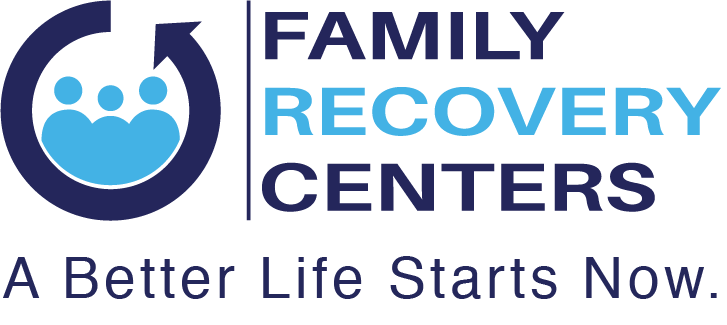1. What sets FRC apart from other programs?
In a perfect world, conflicts or disagreements between patients would conveniently present themselves during therapeutic sessions, then clinicians would provide guidance and everyone would return home satisfied. Unfortunately, real problems tend to present themselves in the real world. This is why FRC offers 24/7–assistance to both adolescents and parents. Anytime, day or night, therapeutic support is only a phone call away. A member of our team is always available to offer immediate help in the moment to either work through a crisis situation or provide skills coaching and facilitate communication. FRC is the only program to offer this service. It is provided because we know our therapeutic approach works and we want our families to succeed.
Many programs indicate that they utilize dialectical behavior therapy (DBT) in treatment; this could be as minimal as one group a week. At Family Recovery Centers, DBT is the foundation of our program. Each patient receives weekly behavior chain analysis. This is an individual 30 minute session, occurring outside program hours, to more closely and individually examine behavioral choices and skill utilization opportunities. staff is directly and intensively trained by Marsha Linehan’s Institute. Moreover, we work with a consultant from the institute on an ongoing basis to continually update and improve our program.
Perhaps the greatest and most beneficial component of our care is parental involvement in the program.
2. Why do parents participate in treatment?
Imagine an adolescent spends weeks learning a foreign language, but when he or she returns home with this new skill, there is no one to talk to. When an adolescent admits to FRC, we introduce a host of new skills and tools designed to make life more manageable and meaningful. In order to utilize these strategies in everyday life, parents must also understand this new “language”. Teaching one family member without the rest is inadequate care. 100% of patients who have successfully completed our program have had at least one parent or guardian, often two, actively involved in treatment. This comes in the form of attending family and group sessions two nights a week. In fact, Dialectical Behavior Therapy (DBT) was created to be utilized in just this type of group setting; one where healthy life skills are learned, understood and practiced by parents and children alike. The beauty of these skills is that they are concrete and easily incorporated into everyday life. Additionally, if parents demonstrate a commitment to treatment as well as display a willingness to model the fundamental tenants of DBT, acceptance and change, the adolescent is more likely to do so as well.
3. Why does FRC require a longer commitment to treatment than other programs?
Acquiring any new skill takes time; treatment is no different. At FRC, our first step is to understand the “why” behind the adolescent’s maladaptive behaviors. Secondly, we help the adolescent identify, feel and articulate underlying emotions. We then work with them to replace old ways of thinking and reacting with healthy life-affirming strategies. Each of these critical steps takes time. As an example, if a child typically responds to a stressor with avoidance or isolation then the first question is, “why is this occurring?” This helps in the identification and acceptance of the underlying emotions. This is followed by “what skills can we provide this young person with to be more effective in managing their stress?” By extending the length of stay further than traditional intensive outpatient programs, patients not only learn these new, effective skills, they also have the on-going support to fully integrate these skills into their day to day lives. This immersion into daily life is a significant step towards overcoming obstacles that cause distress and achievement of lasting recovery.
4. Why does FRC use Dialectical Behavior Therapy (DBT)?
In the century past, Sigmund Freud had a corner on the therapy market. Today, many therapeutic modalities exist throughout the treatment field. DBT is predicated on four fundamental components: mindfulness, distress tolerance, emotion regulation and interpersonal communication. However, a fifth skill (walking the middle path) was added specifically for use in family therapy. This is because adults and adolescents are, by definition, very different people. Walking the middle path promotes understanding between family members. It recognizes that there is no black or white regarding the way people think or feel. Differing opinions does not mean that one person is right and the other wrong; therefore, everyone’s viewpoints, though not shared, must be respected.
Importantly, studies repeatedly indicate that DBT is a superior treatment approach when working with adolescents. It has proven to reduce self-harm, suicidal ideation, and depression in young people. Of even greater importance, these improvements have been found to last for at least one year after treatment has concluded, which suggests that long-term change is likely in the adolescent population.
At Family Recovery Centers, we use DBT for one reason: It Works.

